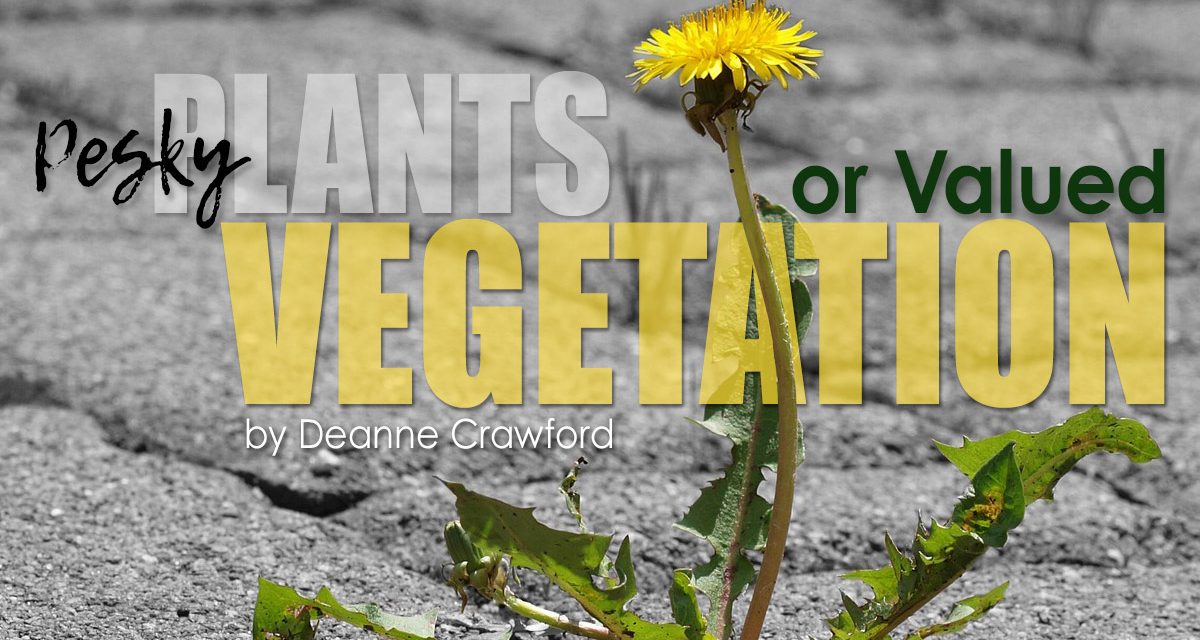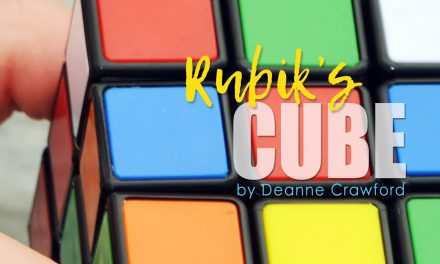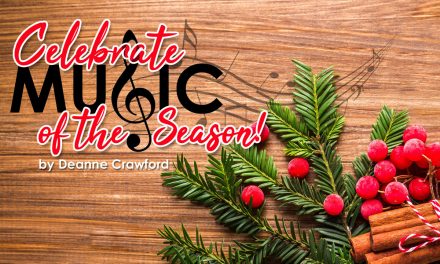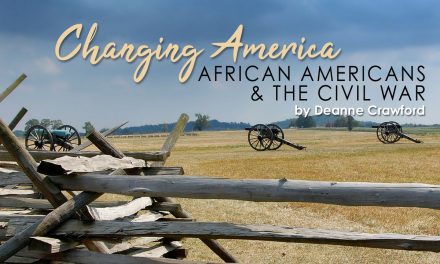Celebrate Weed Appreciation Day!
March 28th celebrates weeds: those pesky plants that grow in the cracks of concrete, abundantly in our yards and even our flower or vegetable garden. What is their purpose? Is it only to annoy the average gardener and wreak havoc on the agriculture? Join us this month and learn a bit more about weeds.
Ask your children to define a weed. They may offer names of familiar weeds like the dandelion or more generally answer, “a plant.” Defining a weed is no simple task. Webster’s 1828 dictionary defines a weed as, “The general name of any plant that is useless or noxious. The word therefore has no definite application to any particular plant or species of plants; but whatever plants grow among corn, grass, or in hedges, and which are either of no use to man or injurious to crops, are denominated weeds.” However, the best descriptive definition has been attributed to AA Milne, “Weeds are flowers too, once you get to know them.” No matter which definition you chose, weeds are often considered plants whose undesirable qualities outweigh their good.
Botany is the study of plants, which includes weeds. What is a Plant? from FreeSchool’s YouTube® channel provides an excellent introduction to plants and photosynthesis as does the DK Interactive All About Plants. Once children understand plants, explain that while weeds have numerous similarities to plants, they also have unique characteristics that set them apart. Weeds grow in places that other plants resist, which is why you will find dandelions and not roses growing out of concrete drives. Most also have strong root systems that resist removal and an abundance of seeds which survive long periods of time in a dormant state. By reputation, weeds are unsightly, steal soil nutrients from desired vegetation, reduce crop quality in agriculture and may be poisonous to humans and animals. While some weeds meet many of these characteristics, today let’s celebrate the benefits of weeds!
Children frequently are only ones who appreciate the dandelion. Dandelions provide beautiful bouquets, necklaces and as they go to seed, hours of entertainment as youngsters blow the seeds-some of which travel up to 5 miles! Show children the stages of the dandelion with this time lapse dandelion video. Surprisingly, up until the 1800s, people pulled grass out of their lawns to make room for dandelions and other useful weeds. In fact, dandelions were first brought to the United States from Europe and Asia, primarily for their health benefits. Dandelions are full of vitamins and minerals including vitamins A, B, C, D, and K, and minerals iron, zinc, calcium, magnesium, and potassium. Research shows dandelions help with inflammation, pain relief, and tummy aches, while further research is being done on the benefits of dandelion in cancer prevention. Children can learn more dandelion facts here. Generally considered safe for children and adults without a known allergy, the dandelion is edible and delicious. In the spring, dandelion leaves offer a subtle flavor and make a delightful addition to a fresh salad. Be adventurous and try dandelion flower cookies or fritters. Need a sensory project? Make Dandelion Playdoh or Spring Flower Sensory Bottle! Curious about other edible weeds? Check out 7 Delicious Common Weeds You Never Knew You Could Eat! Ask your children to select a recipe to try. They may be surprised at how much they enjoy them.
Benefits of weeds go beyond nutrition for humans. Weeds provide nectar for honey bees which contributes to the production of honey, another valued food source! Learn more about bees and honey production at Easy Science for Kids. Weeds also provide a habitat and food for other wildlife and add organic matter to the soil to reduce erosion and stabilize the soil. If children are unfamiliar with erosion, check out Erosion and Soil from Fun Science videos. Want to dig deeper? The Soil Science Society of America has a vast array of K-12 web links for teachers.
Let’s spend the last few minutes of our study focusing on your location. Introduce children to the most common weeds in your area using the interactive U.S. map from Preen. Just for fun, ask your children to compare common weeds in your state with others throughout the U.S. Are the weeds same or different? If they notice differences, is weed growth impacted by the state climate? This is an excellent time to introduce regions and climates across the U.S. Ducksters.com has an excellent overview.
Weather permitting, take a nature walk with younger children and see if they can identify these popular flowering weeds (while this checklist is from the Royal Horticultural Society, we share many of the same weeds). Older students may find the Weed Science Society of America’s weed identification page helpful. This is a wonderful time to introduce nature journaling. Whether nature journals are your core Science or something used as time allows, recording in a nature notebook enhances learning in the sciences. If this is a new concept, check out Make A Nature Journal. Integral to a nature notebook in the Charlotte Mason philosophy is copying poetry or quotes into the journal, which develops language arts and handwriting skills. Poetry books are widely available at the library or online, for example this collection of Dandelion poetry.
Thank you for joining me today for our study on weeds. It is my hope that you and your children have a newfound appreciation for the weeds that populate your lawn and garden. May this new-found appreciation resonate within “What is a weed? A plant whose virtues have yet to be discovered.”-Ralph Waldo Emerson.
Until next month,
May flowers always line your path and sunshine light your day. May songbirds serenade you every step along the way. May a rainbow run beside you in a sky that’s always blue. And may happiness fill your heart each day your whole life through. (Irish Blessing)
~ Deanne
Plant & Gardening Resources:
Green Thumbs • Grades K-7
Square Foot Gardening with Kids • Grades K-8
Field Guide to Edible Wild Plants • Grades 8-AD
Field Guide to Medicinal Wild Plants • Grades 8-AD
Medicinal Plants (Pocket Naturalist Guide) • Grades 3-AD
Edible Wild Plants (Pocket Naturalist Guide) • Grades 3-AD
Botany in 8 Lessons • Grades 5-9
Vegetable Gardening for Beginners • Grades 5-AD
Skillful Forager • Grades 9-AD





